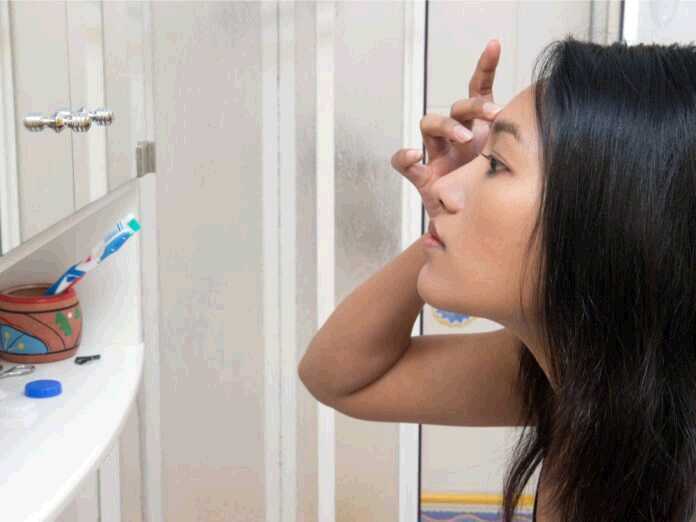
As you may already know, shingles often causes a red rash with blisters that tend to crust over after a few days. The rash usually affects one side of your chest or back and can be very painful. But you can also have shingles on the face.
Because the rash can get very close to your eyes, it is important to understand the potential risks.
Shingles on the Face: What You Need to Know
Shingles occurs as a symptom of the varicella-zoster virus. This virus also causes chickenpox and remains dormant in your body, thus increasing the risk of future outbreaks.
If you have shingles on the face, you’ll experience the same symptoms as you normally would. In addition to the rash, they can include itchiness, pain, and increased skin sensitivity. As your body starts fighting the virus, you may also experience headaches and fatigue.
What Are the Risks?
When it affects your body, shingles usually doesn’t pose a major risk to your health. Most complications that occur are due to the varicella-zoster virus. But when you have shingles on the face, the complications can sometimes be severe.
If it gets close to your eye, it can cause puffiness and swelling. The skin around the eye can turn red and will be more prone to bacterial infections. In very rare cases, this can lead to long-term vision problems.
Shingles can also affect your ears. In fact, the rash may even develop inside the ear, causing some very unpleasant symptoms. They can range from balance problems to a permanent loss of hearing.
What You Can Do
If a shingles rash affects your face, doctors will prescribe antiviral medication. You’ll also use a corticosteroid cream to reduce the infection and prevent it from progressing. On top of that, you will also need to cover your rash. That’s because others can contract the varicella-zoster virus if they get in contact with an open blister.
With proper treatment, the symptoms will usually clear up within a few weeks.






























